Q2. What future works have the authors mentioned in the paper "Flow behaviour and aeroacoustic characteristics of a simplified high-speed train bogie" ?
Such factors need to be accounted for in future work.
Did you find this useful? Give us your feedback


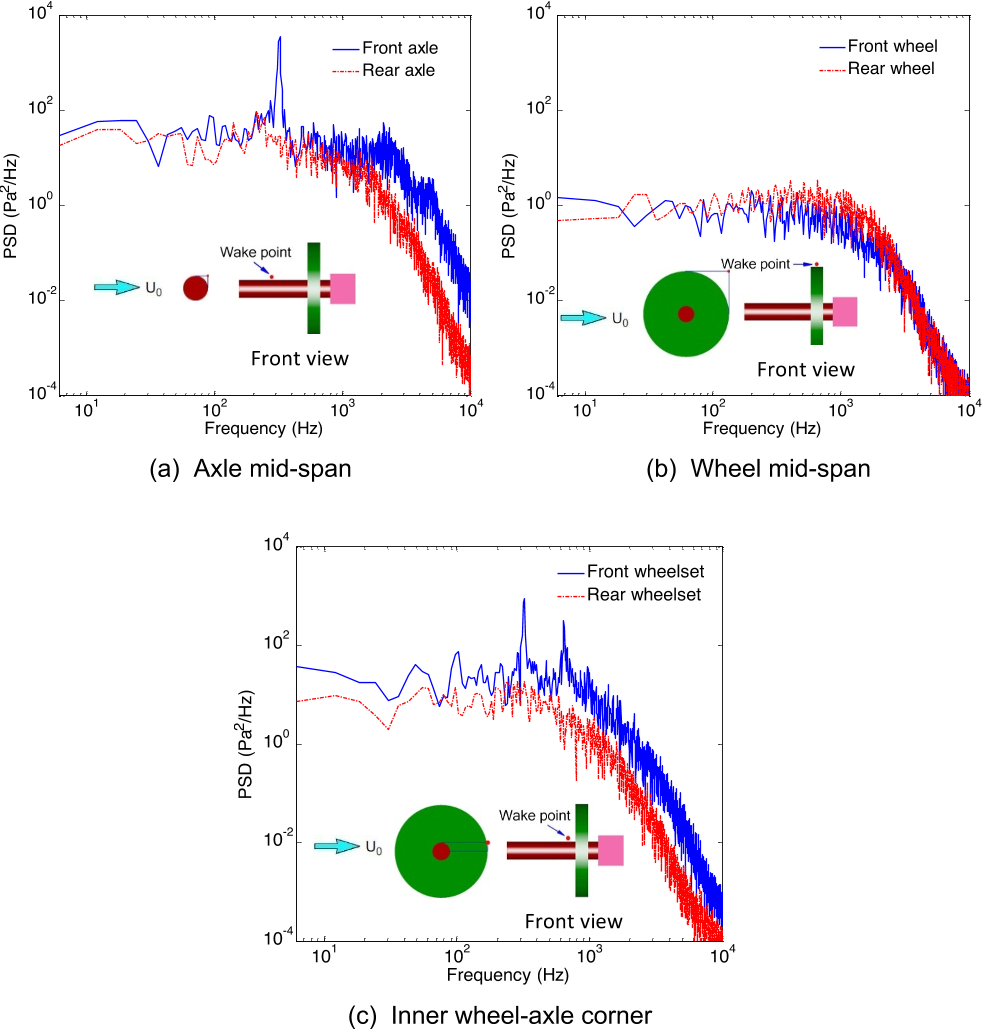
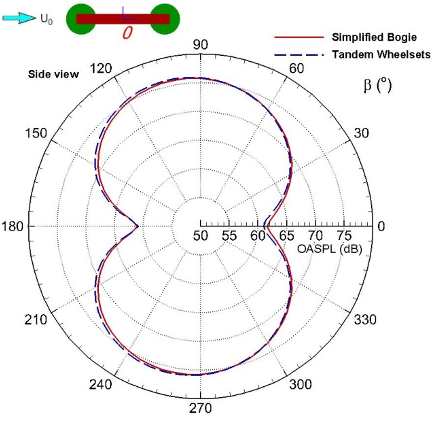


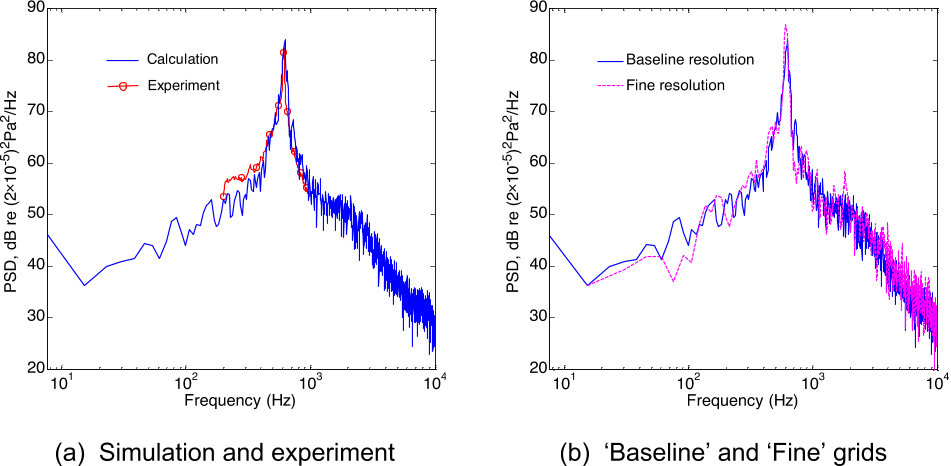
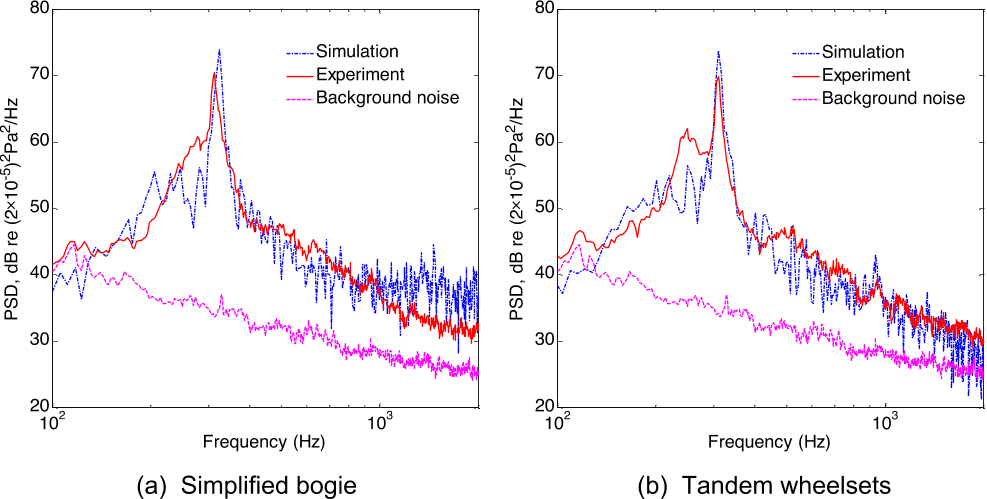
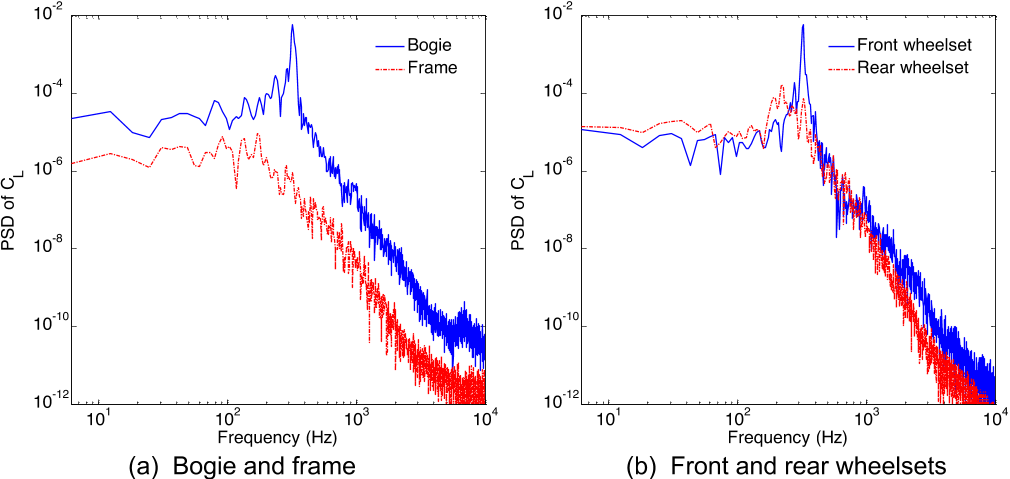

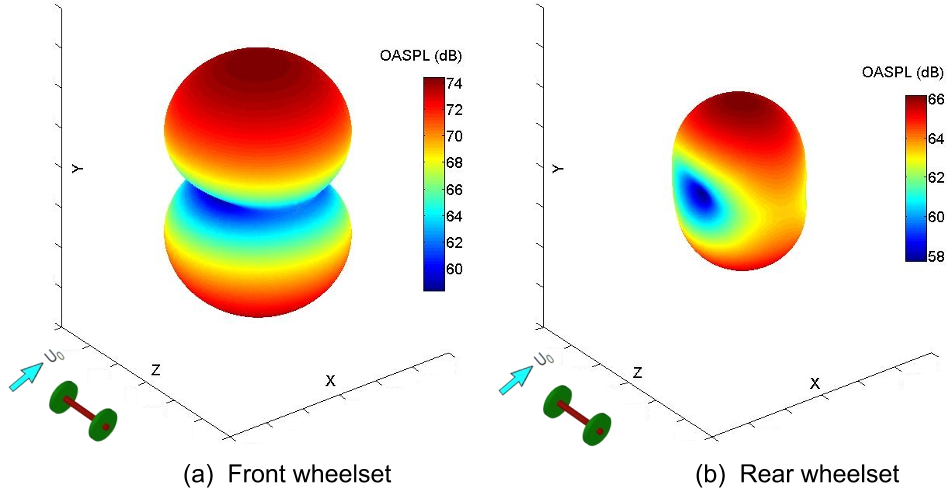


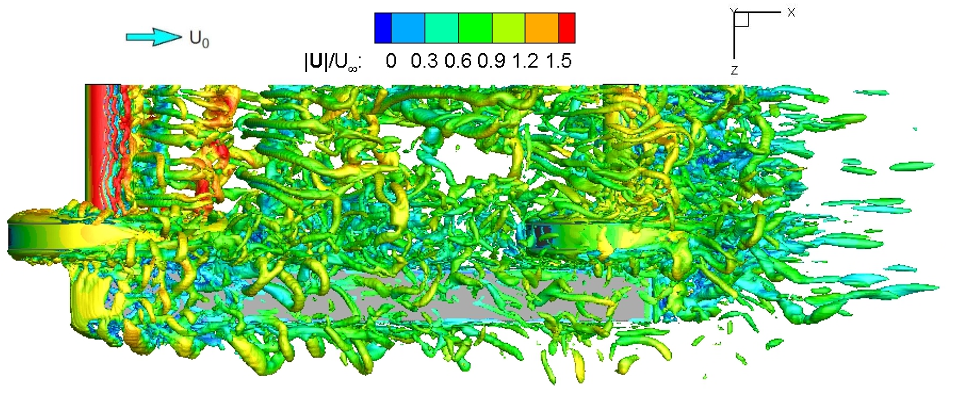





37 citations
30 citations
23 citations
21 citations
16 citations
5 citations
...The same phenomenon has been found in experiments on flow-induced noise from wallmounted cylinders.(20) Note that compared with the spectrum from the bogie, the low-frequency broadened hump is larger for the tandem-wheelsets case, which is due to the stronger interaction between the vortex shedding and the baffle plate boundary layer produced around the axle-plate junction areas of the tandem wheelsets....
[...]
Such factors need to be accounted for in future work.